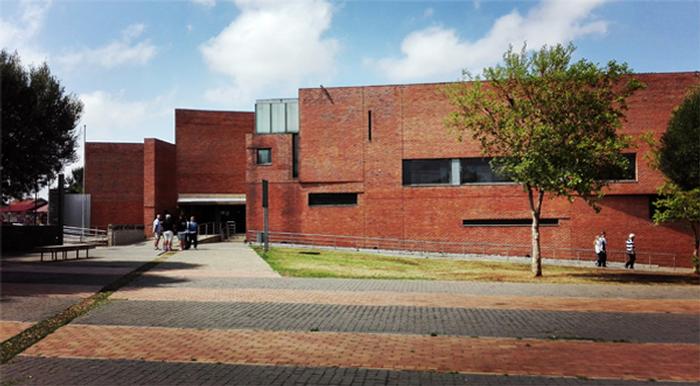Wandilise Kona ProposalA Cathartic Architectural Language in a Democratic South AfricaThe social art of architecture is simply the alteration of spatial meaning. This is to say that, it’s the process in which an architect renders a specific space with an enlightening meaning and intention, through architectural intervention. Thus through this process the architect subsequently blurs out unnecessary thresholds within a given society. The intriguing fact about this alteration is that, there's always an evident translation from one spatial meaning to another. This then indicates that, an architect is never working on voided space, but merely translating one interpretation of space to another. Hence an architect is always charged with outlining a new foundation of meaning for a brighter future. Having understood the social art of architecture, one should consider what the outlining constituents of spatial meaning are or, what gives meaning to a space. In Architecture, space is never defined in isolation. The meaning of space is tightly tied to its immediate eco-system; its existing people, nature, artefacts, set of events and function. These constituents are inevitably what make up the host of space, which in architecture is termed as the context or site. I have selected two buildings from The City of Johannesburg in South Africa; The Constitution Hill Women's Jail by Kate Otten Architects and The Hector Pieterson Museum by Mashabane Rose Architects. These are two buildings that exemplify architectural resilience in South Africa over the past decade. The buildings come into existence during a paradigm shift in the South African landscape; after the fall of the apartheid government. Therefore these are buildings that particularly celebrate the fight against oppression in a new democratic South Africa. This suggests that, the emergence of the buildings primarily deals with the translation of spatial function from one meaning to another. Now of course, this spatial alteration is deemed to be positive, for if it were not so it would defeat the purpose of architecture. The Constitution Hill Women's Jail is a contemporary office building that serves as a new alteration to an old British jail located in The City of Johannesburg. This is where South African women activists were once imprisoned during the apartheid regime. The old jail has ceased to function as a jail and is currently deemed as a national heritage building, and The Constitution Hill Women's Jail is a new extension to this building. Essentially the new alteration is built on a historically brutal site and offers a cathartic experience with its new spatial function. The winged office building currently provides office space to human rights commissions such as the Commission for Gender Equality. Therefore the office building offers a daily opportunity to restore human dignity, and serves as a prompt for reconciliation - in a context that was once of terror. The second building is The Hector Pieterson Museum by Mashabane Rose Architects. The museum named after a student during the apartheid regime is located in Soweto; a historically rich township in The City of Johannesburg. The building is a minimalistic redbrick double volume massing that sits on the edge of a spacious courtyard memorial that welcomes its visitors. The building serves as a national memorial of the student uprising that occurred in the year 1976; where hundreds of high school pupils marched the streets of Soweto in prompt of a democratic South Africa. Hector Pieterson was the first recorded pupil to be killed by the apartheid police. Thus the museum doesn't only honour the youth that laid down their lives for a democratic South Africa but celebrates the victory thereof. What is particularly intriguing about the Hector Pieterson Museum is that the building typifies the social art of architecture through visual memory and storytelling. In a sense, the buildings selected typify the social art of architecture in a very similar fashion; which is providing healing and enlightenment to space as the sun would to flowers after a stormy climate. Bibliography: (2009). 10 years 100 buildings. Cape Town.: Bell-Roberts Publishing. Deckler, T. Graupner, A. Rasmuss, H. (2006). Contemporary South African Architecture in a Landscape of Transition. Cape Town.: Double Storey Books.
Additional Help and InformationAre you in need of assistance? Please email info@berkeleyprize.org. |
|


